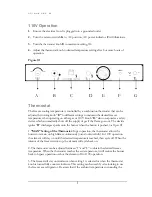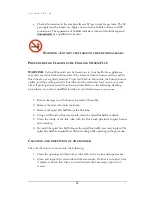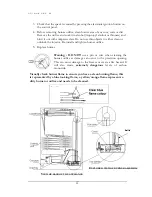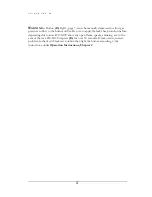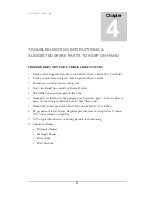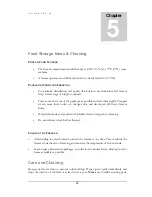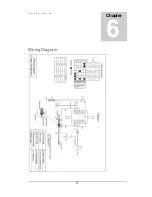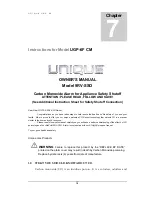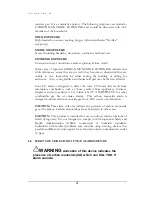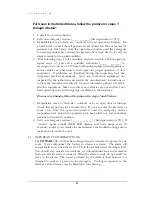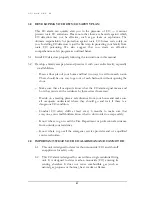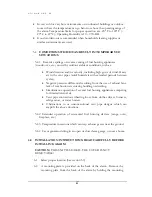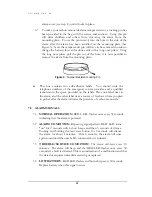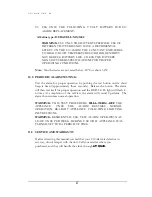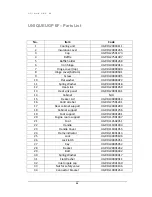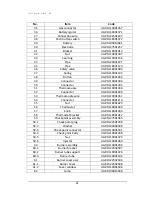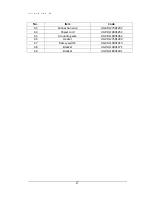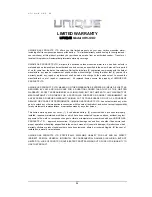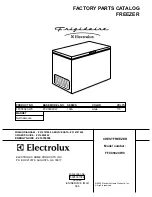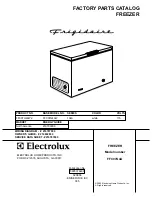
U N I Q U E U G P 6 F
21
3.0 DEVELOPING YOUR OWN CO SAFETY PLAN
This CO alarm can quickly alert you to the presence of CO — it cannot
prevent toxic CO emissions. Please note that there are hazards against which
CO detection may not be effective, such as gas leaks or explosions. The
ultimate responsibility for protection against toxic CO fumes rests solely on
you. Installing CO detectors is just the first step in protecting your family from
toxic CO poisoning. We also suggest that you create an effective,
comprehensive safety program as outlined below.
3.1 Install CO detectors properly following the instructions in this manual.
3.2
Develop a family escape plan and practice it with your entire family, especially
small children.
– Draw a floor plan of your home and find two ways to exit from each room.
There should be one way to get out of each bedroom without opening the
door.
– Make sure that all occupants know what the CO alarm signal means and
how they must exit the residence by themselves if necessary.
– Decide on a meeting place a safe distance from your house and make sure
all occupants understand where they should go and wait if there is a
dangerous CO condition.
– Conduct CO safety drills at least every 6 months to make sure that
everyone, even small children, know what to do in order to escape safely.
– Know where to go to call the Fire Department or professional assistance
from outside your residence.
– Know where to go call the emergency service provider and or a qualified
service technician.
4.0
IMPORTANT: WHAT YOUR CO ALARM CAN AND CANNOT DO
4.1
This unit is designed to detect carbon monoxide (CO) and shutoff
an appliance for safety only.
4.2
This CO alarm is designed for use within a single residential living
unit. It is designed to detect carbon monoxide (CO) entering its
sensing chamber. It does not sense combustible gas (such as
natural gas, propane or (butane), heat, smoke or flames

